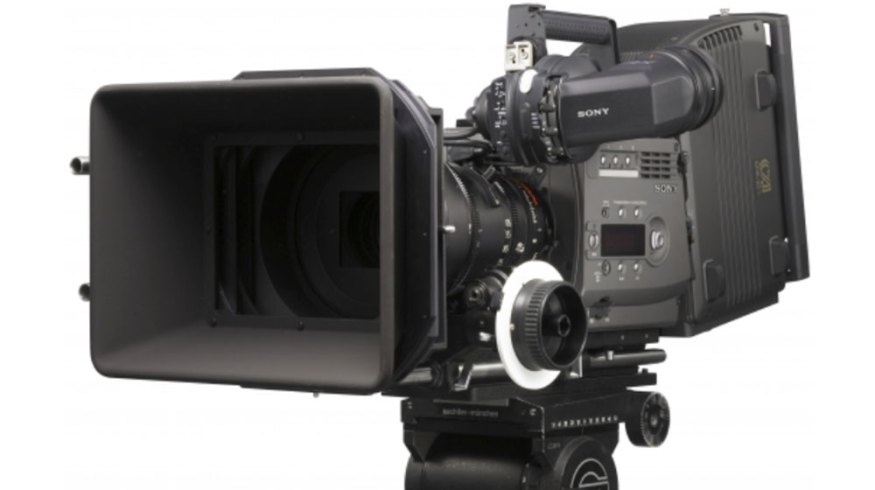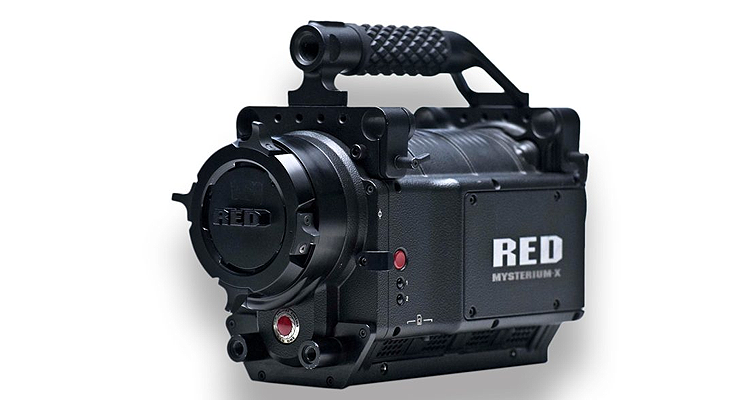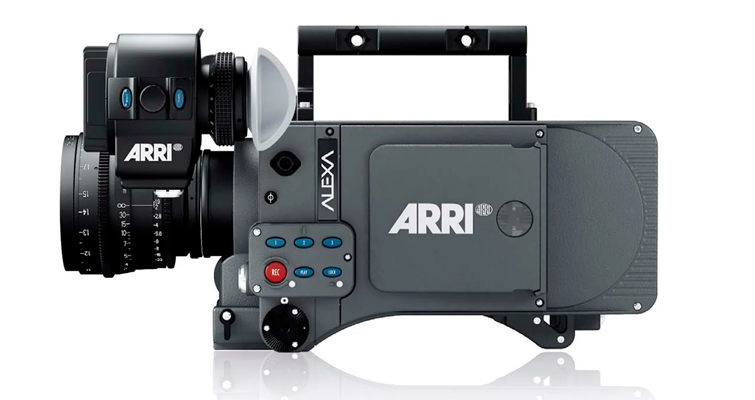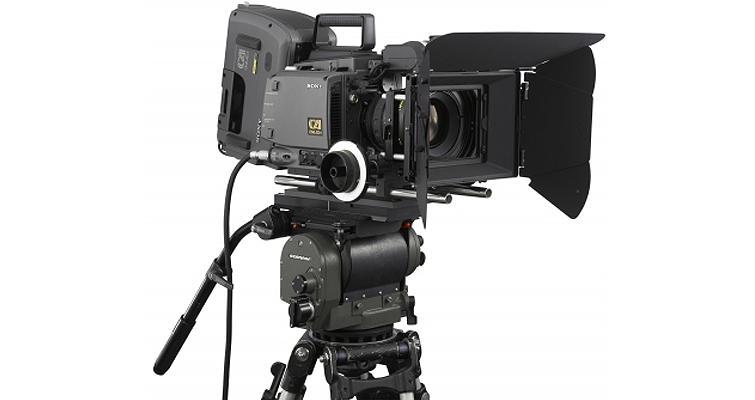
4 Older Cinema Cameras That Hold Up to Today’s Standards
With the announcements of so many new cinema cameras, we often forget about the cameras that paved the way for digital cinematography.
When you revisit some of those catalytic cameras from the past, you’ll find that they can still produce beautiful, cinematic imagery that measures up to today’s standards. Well, kind of, some of these lack 4K, they can only shoot slow-motion with a cropped sensor, and they aren’t particularly lightweight.
However, the color science and dynamic range of these cameras still hold up, if not beat, some of the current cinema cameras at the lower-priced end of the market.
The best part is that you can now get these early cameras for a fraction of their original price. Let’s look at some of those cameras and, most importantly, the imagery they can create.
Sony F3: Released April 2011 – $1300

I remember how exciting it was when the Sony F3 came out. It was an actual cinema camera with S-Log for just about $16,000. It was one of the first genuinely cinematic digital cameras to come (at that price point) with a log color profile.
However, the camera was quickly forgotten when Canon entered the game with the C300 shortly after—and then Sony introduced the FS700. Now you can get this camera at an absolute steal—sometimes under $1,300 for a complete package.
At the time, it was the first low cost camera to feature a Super-35mm size CMOS image sensor designed specifically for HD video acquisition. Offering 30fps capture at 1080p and 60fps at 720p.
Producing gorgeous soft filmic colors, accurate skin tones, impressive dynamic range, impressive battery life, as well as small file sizes, giving you more chances to get the shots you need. The F3 had multiple good reasons why many filmmakers loved it.
The Sony F3 was used alongside other cameras to shoot various shows and movies, most notably Sons of Anarchy, the Key and Peele show, and 2012’s film Safety Not Guaranteed, starring Mark Duplass, Jake Johnson, and Aubrey Plaza.
Sony F3 key specs:
- With PL mount adapter
- 35mm cine lens compatibility
- 1920 x 1080 HD, native 23.98p & 24PsF
- MPEG-2 long GOP
- 1080/720, interlace/progressive modes
- S-Log gamma/LUT workflow
- 12.5-stop dynamic range
- Dual-link RGB 4:4:4 HD-SDI output
- Genlock, timecode
- (2) SxS memory card slots
RED ONE M-X: Released 2009

The RED ONE M-X was a game-changing camera from a company that’s helped shape modern digital filmmaking. Along with the ALEXA, these two cameras were the ones that pushed us into the digital age. They’ve become one of the biggest and most well-known companies within the cinematography world, now offering products that can produce 120fps in 8K with ease.
The RED ONE MYSTERIUM-X has a 14-megapixel MYSTERIUM-X sensor. It captures up to 120 frames per second at 2K resolution and up to 30 frames per second at 4K resolution. With the upgraded sensor, the RED ONE MYSTERIUM-X offers more dynamic range, higher sensitivity, and enhanced color management tools than the RED ONE MYSTERIUM.
Even though it’s almost thirteen years old, if you’re fortunate to find one in good condition, you can find a complete package for under $2,000. It may be the oldest camera on this list, but the camera is built like a tank and can still perform well even for its age.
The RED ONE M-X camera has been used in huge movies, such as The Girl with the Dragon Tattoo, Pirates Of the Caribbean: On Stranger Tides, and The Social Network starring Jesse Eisenberg, Andrew Garfield, and Justin Timberlake.
RED ONE MX key specs:
- PL mount
- Sensor CMOS MX
- 12 million pixels
- Format recording Redcode
- Capture 4K, 3K, and 2K
- Digital media SSD 64GB
- Speed up to 30fps 4K / 60fps 3K / 120fps 2K
- Outputs video dual HDSDI, HDSDI, and HDMI
- Outputs audio mini XLR3
ARRI ALEXA Classic: Released June 2010 – $6500

ALEXA produces a beautiful image that many of us try to emulate. Although there have been multiple ALEXA cameras over the years, most still revolve around the same sensor available in the first ALEXA—the ALEV III sensor.
The ALEXA Classic was such a well-designed, sturdy camera for newcomers to the cinema camera scene. It could withstand any beating you gave it.
It was weather-sealed from any sort of water or dust for confident outdoor shooting, and easy to learn and operate. It also had modular options to suit your filming needs, and a built-in shoulder cut-out perfect for settling onto your shoulder naturally.
While this camera once cost over $70,000 (just for the body), you can now get a complete package for under $10,000. However, they’re slowly becoming harder and harder to come by.
If you have projects that don’t require a true 4K delivery and want the ALEXA look, then snagging an ALEXA Classic may be the perfect option that won’t break the bank. (Plus, Skyfall was shot with this camera.)
ARRI ALEXA Classic key specs:
- 23.8×17.8 mm Super 35 sensor
- 14+ stops of dynamic range
- Prores 4:4:4 12-bit
- In-camera ProRes 2K recording
- Up to 120fps (NTSC)
- Up to 60fps in 2K (NTSC)
- ISO range 160 – 3200 (EI)
- In-camera DNxHD HD recording
- In-camera recording to SxS PRO or SxS PRO+ cards
- Weight 6.3 (kg)
Sony F35: Released August 2010 – $3,000

Originally priced at a whopping $250,000, the Sony F35 is a camera that’s held up concerning image quality and that “filmic” look. It was created to match up alongside film, which is why it only had white balance settings of 3200 and 5600. In all honesty, this camera was almost ahead of its time.
The F35 features a 12.4 megapixel Super 35mm-sized CCD sensor with a full HD resolution of 1920 x 1080 at frame rates up to 50p. Even though it can only record in 1080p, the actual sensor is just shy of 5.8K. This is one of the main reasons why it can produce some stellar footage and is still loved and used by cinematographers today.
This is not a run-and-gun camera. It’s heavy and was never built for that in mind. However, if you take pride in setting up a scene and know what type of shot you need, the F35 will give you incredible results that rival today’s modern cameras.
You can now easily snag this camera on sites like eBay for $2,500-$5,000. Many cinematographers still hold this camera in high regard and, to this day, it’ll capture images you will be proud of.
The F35 was used on a number of shows and films such as Sherlock, Dr. Who, TRON, and Transformers: Dark of the Moon.
Sony F35 key specs:
- Super 35mm single CCD imager
- Full resolution 1920 x 1080 RGB
- Select frame rate of 1 – 50fps (4:4:4 or 4:2:2 recording)
- Accepts 35mm PL mount lenses
- Integrated camera system with SRW-1 recorder
- 14-bit A/D converter and advanced DSP LSI
- Versatile gamma settings, including unique S-Log gamma curve
Looking for more on cameras? Check out these articles:
- Production Tip: How to Calculate Power for Your Camera
- Is the GoPro 7 Black the Best Action Camera on the Market?
- Four Reasons You Should Use (and Love) Your Camera’s Stock Lens
- Stabilizing Your Camera Movement: Gimbals vs. Steadicams
- Add Flavor to Your Footage by Implementing Color Science
Cover image via Sony.





